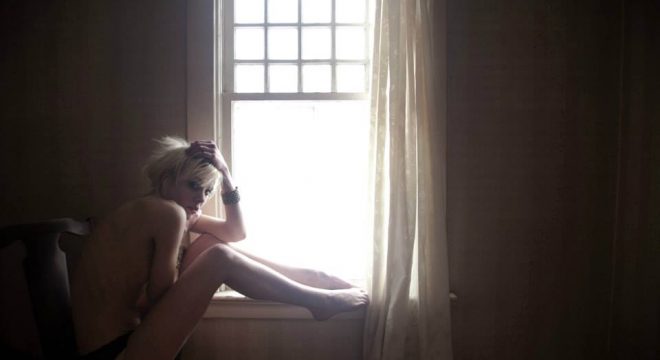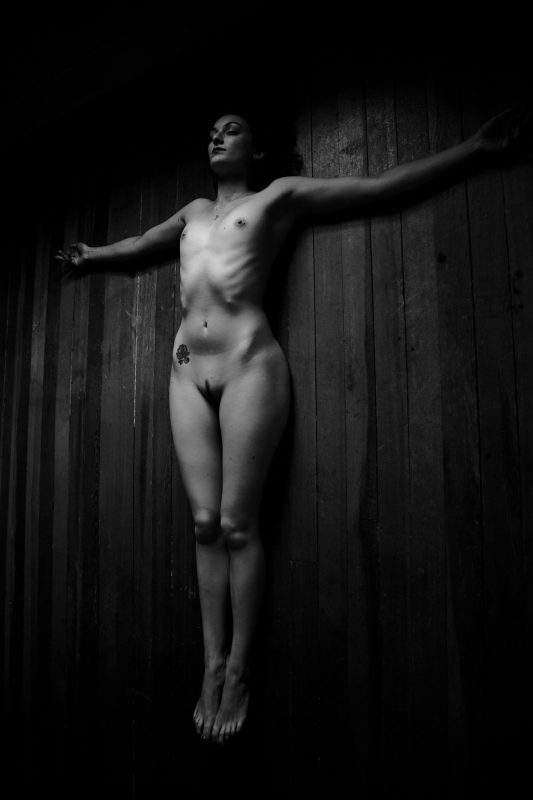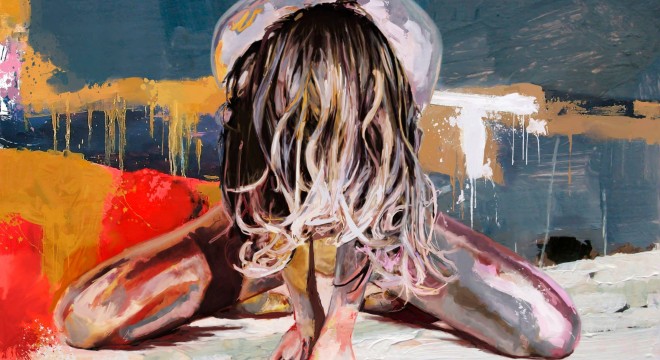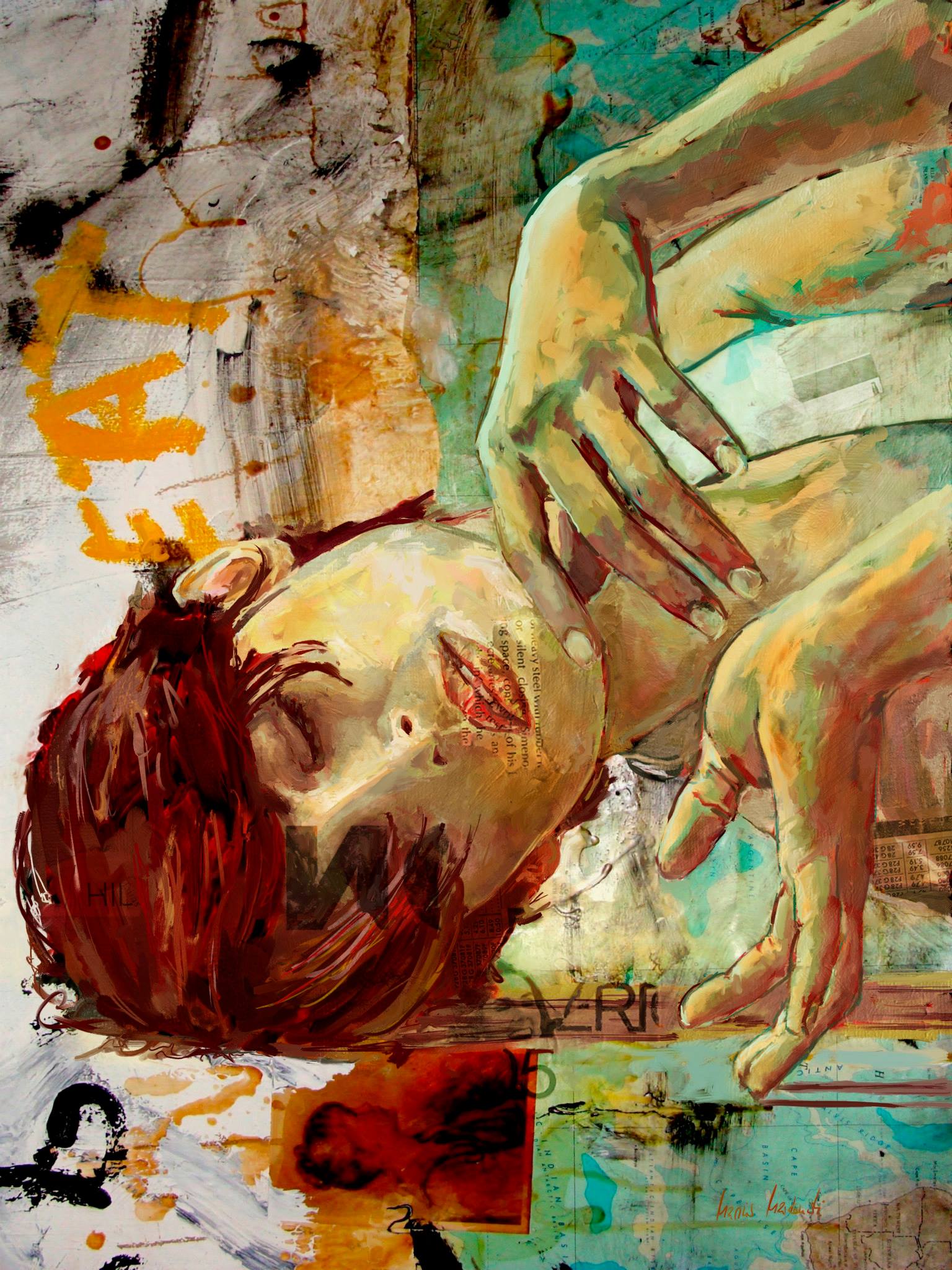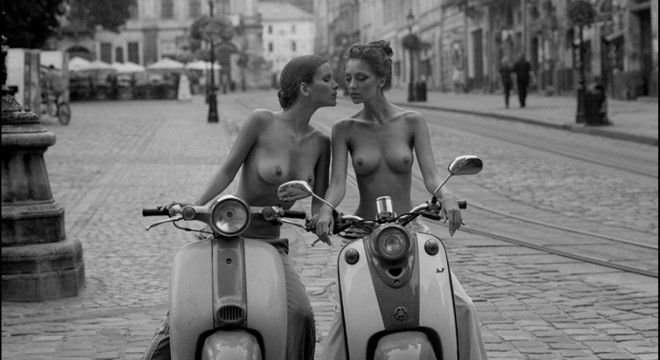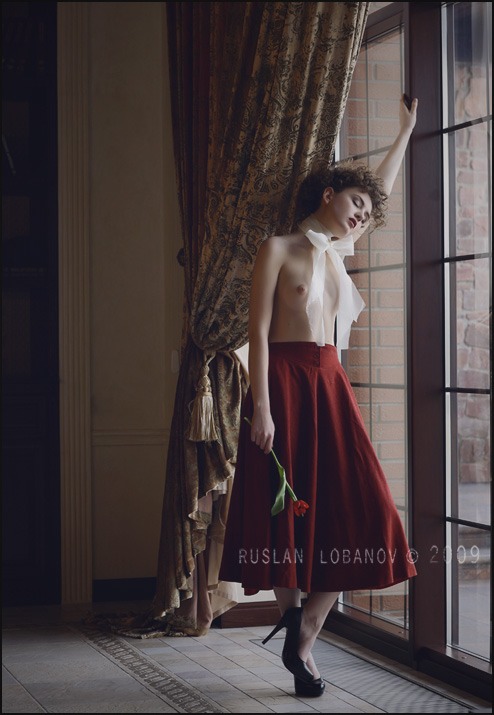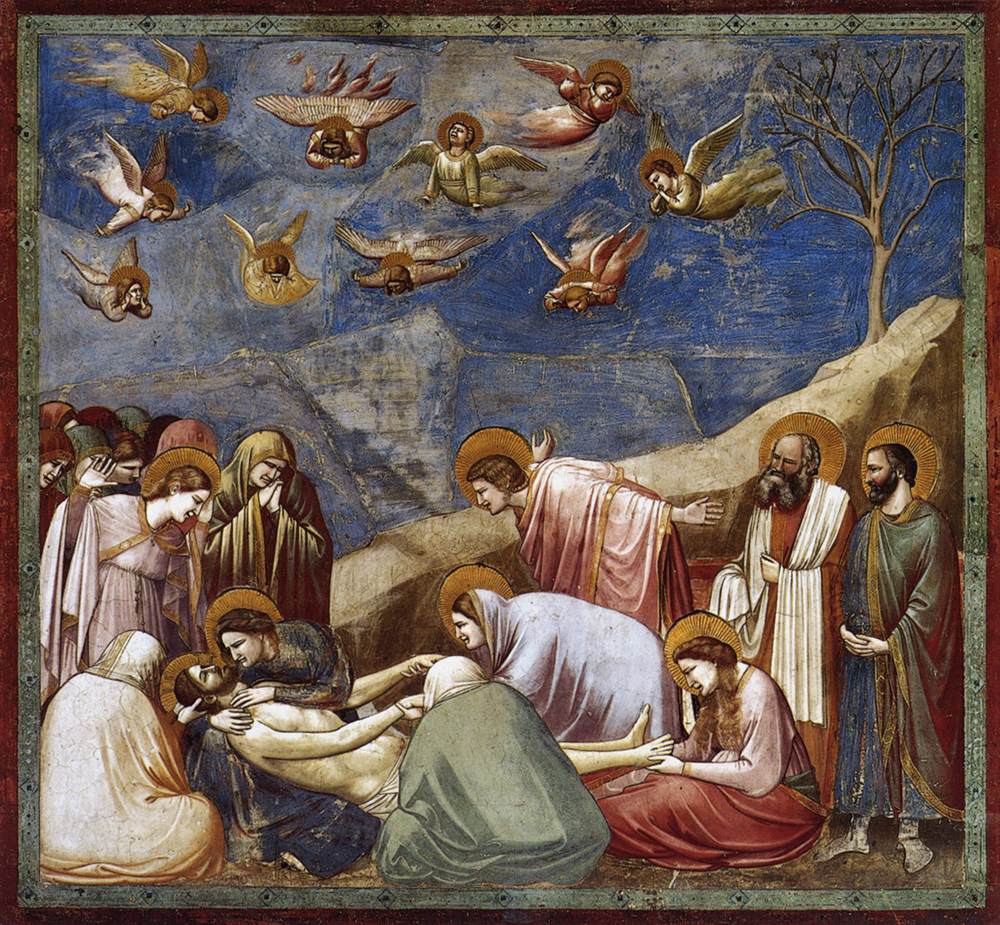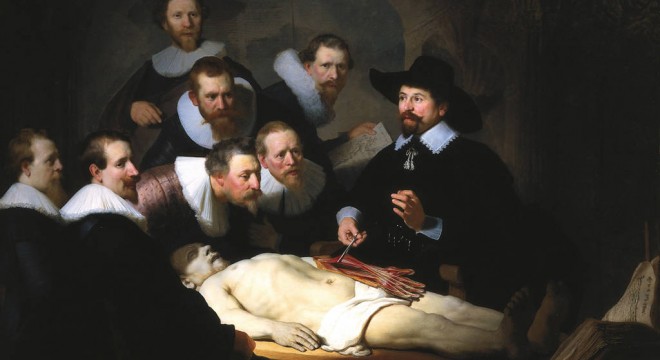Danielle Nicol’s (fb, Instagram) photography, when I first saw it, made me immediately recognize how real she is. Perhaps it’s because a lot of her work is self portraits, but there’s no denying that it’s human and exposed. She has a beautiful balance of catered perfection and half hazard causality. The very essence that makes cool I guess. I think this speaks a little bit for the fact that it’s mostly in black and white, which always eliminates any distractions and gets right to the point.
David Suzuki | Citizen scientists can fill info gaps about Fukushima effects
A very interesting article written by David Suzuki recently delving into the aftermath of Fukushima in the wake of the nuclear emergency caused by the earthquake and tsunami in March 2011.
_________________________________________________________________
An Internet search turns up an astounding number of pages about radiation from Japan’s Fukushima Daiichi nuclear power plant meltdown that followed an earthquake and tsunami in March 2011. But it’s difficult to find credible information.
One reason is that government monitoring of radiation and its effects on fish stocks appears to be limited. According to the Woods Hole Oceanographic Institution, “No U.S. government or international agency is monitoring the spread of low levels of radiation from Fukushima along the West Coast of North America and around the Hawaiian Islands.”
The U.S. Food and Drug Administration’s most recent food testing, which includes seafood, appears to be from June 2012. Its website states, “FDA has no evidence that radionuclides from the Fukushima incident are present in the U.S. food supply at levels that would pose a public health concern. This is true for both FDA-regulated food products imported from Japan and U.S. domestic food products, including seafood caught off the coast of the United States.”
The non-profit Canadian Highly Migratory Species Foundation has been monitoring Pacific troll-caught albacore tuna off the B.C. coast. Its 2013 sampling found “no residues detected at the lowest detection limits achievable.” The B.C. Centre for Disease Control website assures us we have little cause for concern about radiation from Japan in our food and environment. Websites for Health Canada and the Canadian Food Inspection Agency yield scant information.
But the disaster isn’t over. Despite the Japanese government’s claim that everything is under control, concerns have been raised about the delicate process of removing more than 1,500 nuclear fuel rod sets, each containing 60 to 80 fuel rods with a total of about 400 tonnes of uranium, from Reactor 4 to a safer location, which is expected to take a year. Some, including me, have speculated another major earthquake could spark a new disaster. And Reactors 1, 2 and 3 still have tonnes of molten radioactive fuel that must be cooled with a constant flow of water.
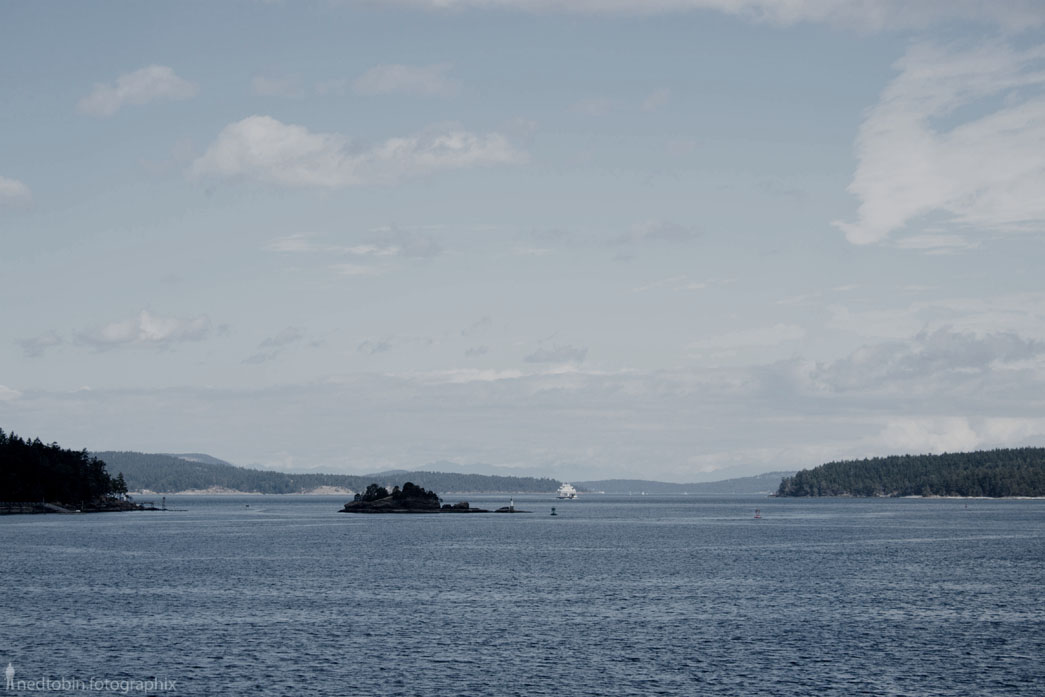
Photo source: Ned Tobin | www.nedtobin.com
The Art of Marius Markowski
Artist Marius Markowski (b. 1976, Poland) (FB) creates pieces that exhibit such raw emotional sensitivity it catches one off guard (and ones breath). Marius exposes shapes and plays heavily with emotions. I really enjoy the busyness of the pieces, the chaotic simplicity. What is of particular interest to me, is the blending technique Marius uses, or rather, the exposed blending. How there are abrupt and clear lines for brush strokes.
Perhaps this is a result of Marius Markowski being a digital painter. Though he says of his work, “My artistic effort in digital painting founded its origin in the oil painting, where I was passionately focusing my energy for several years. One day I had the idea to prepare an image on the computer in order to have more liberty in the development process. I experimented with these new tools and so discovered my enthusiasm for digital painting.”
“In my artwork, I try to create vivid visual stimuli and have no intention to convey a political, moral or ideological message. I simply enjoy expressions of feelings, moods, ambiance and sensual perceptions.”
Sigur Rós – Valtari
Below was taken directly from Sigur Rós’s website.
Written & directed by Christian Larson. Choreography by sidi larbi cherkaoui.
Cinematography by Mattias Montero, costume designer Lydia Kovacs, produced by Noreen Khan.
Directors Comments
I’ve always been inspired by dance, so I wanted to tell a short story with dialogue through movement, without anyone saying anything. Sidi Larbi Cherkaoui’s extraordinary choreography created this unique communication between the dancers James O’Hara & Nicola Leahey. Larbi’s way of working with flexibility played as an interesting contrast to the harsh environment in which Matthias Montero’s pure and ethereal style of cinematography allowed an intimate portrait of the couple.
Christian Larson
Christian Larson grew up drumming, dancing & filming skateboarding in Sweden and it was this background that helped carve his reputation of a rhythmic visual style. Starting out making music promos, he went on to be an editor for the renowned Swedish director Jonas åkerlund before focusing fully on directing. His work includes promos for Kylie Minogue, Tinie Tempah, Nero as well as commercials and editorials for wallpaper magazine, Absolut vodka and Roche Bobois.
Public Nudes of Ruslan Lobanov
You come across artists sometimes who you just can’t get enough of. Who you find you have to share with as many friends as you can… of course to those that will appreciate it.
Ruslan Lobanov (500px) from Kyiv, Ukraine is one of those artists.
Ruslan takes photos of women, nude, usually in public situations, in black and white. What I like most about the work is how passive the models seem to be of their nudity. Some of his photos speak more to me than others in this way.
The Sick Child by Edvard Munch
The Sick Child , or Det Syke Barn in Norwegian, by Edvard Munch (1863-1944) is a painting with an interesting story. Munch created a number of lithographs, drypoints, etchings, and of course paintings with this same name from 1885 to 1926. The paintings represent Munchs sister, Johanne Sophie, the moment before she passed from tuberculosis at the age of 15.
The grieving woman is reportedly their aunt Karen, and typically in the various works Johanne Sophie is propped up by large pillows, a look of agony upon her face. It is also interesting to note the looming curtain drawn slightly on the right; perhaps the symbol of death itself, and the covered mirror behind the pillows.
Art critic Patricia Donahue had a very interesting observation: “It is almost as though the child, knowing that nothing more can be done, is comforting a person who has reached the end of her endurance” [Donahue, Patricia. “Nursing, the Finest Art: An Illustrated History”. St. Louis, MO: Mosby, 1996. 433.]
The paintings themselves have a very strong expression. The greens and yellows represent sickness, reds the dramatic (and coughed up blood from late stages of tuberculosis). You can notice strong vertical strokes from the brush, built up on layers of impasto paint [it is reported that these thick layers of paint are because of repeated reworking of the image, rather than a unique technique]. This style expresses emotive power, as if blurry eyed and hazy.
Munch has wrote that the 1885–86 painting was such a difficult struggle that its completion marked a major breakthrough in his art: “I started as an Impressionist, but during the violent mental and vital convulsions of the Bohême period Impressionism gave me insufficient expression—I had to find an expression for what stirred my mind … The first break with Impressionism was the Sick Child—I was looking for expression (Expressionism).” [Eggum, 46]
Interesting factual note that the Nazis felt Munch’s paintings were degenerate art and forcibly removed from all German museums.
This is the second of the six paintings completed by Munch, painted in 1896 when Munch was living in Paris.
More reading: Edvard Munch
The wikipedia page on The Sick Child is heavily referenced in this article.
New York City Will Support Fracking in a Major Way
It continually astounds me how, understanding the obtrusive nature of oil field fracking, it is still a viable option for getting gas/oil.. whatever.
Just the thought of this excites me and gets my blood boiling with deceit.. Why not invest the same amount of money into green infrastructure? It’s NY for pete sakes, it’s on the ocean. MAKE HYDRO POWER. We have the technology.
This is the video that will explain a bit more:
The more I learn, the more I understand how our government isn’t going to change a single thing. They are so heavily involved in Big Oil that they do not even have the slightest thought about anything else. It is up to us, the consumer, to go out and build ourselves this infrastructure. It starts with you [and me].
What ideas do you have to make this happen? I’ve got a tonne. I just sold my car.
I think the biggest thing that holds us back from this change is the fear that maybe it wont work. Educate yourselves.
I ask again, what ideas do you have to make this happen?
Marika Sviķe Takes Your Heart
Marika Sviķe is a photographer based in Riga, Latvia. She’s a creative animal, working in fashion (check out her new fashion line Gatavs Valkāšanai which means ‘ready to wear’), design, digital manipulations, she models and well…
I recently re-fell in love with Marika’s work when I saw her Lina + Madara | March 2013 shoot. I think what attracts me most to this shoot is her flamboyant use of the painted on, semi transparent brush strokes. Also, she easily and effortlessly captures elegant sensuality, not only in her Lina + Madara work, but in all her work. I find in every photograph of hers there is a feeling of character, of personality, of purpose. There’s emotion, and style, and above all else there’s little bits of quirky!
Lamentation by Giotto
Ambrogiotto di Bondone (1266 – 1336), known to all as Giotto, is perhaps the single most influential figure in art. He was the light that emerged from the Middle Ages. He was the single man to bring painting from dark and dingy corners hidden in the medieval times, into the lofty spaces of churches and noble walls. Giotto was of the Florentine school of art.
Giotto was a religious painter, and was the first to connect dramatic stories with living people. He was also the first to give movement to figures, the first to make the sacred matter of art incontrovertibly real and true, believing in the miracle of life and through observing the effect of the miracle of his fellow men.
The majority of Giotto’s work was done in frescoes: watercolor on wet plaster on a wall or ceiling, so that the colors penetrate the plaster and become fixed. Because of the solidity of this method, his paintings till exist today though some undoubtedly have flaked off.
Lamentation is located inside of The Arena Chapel. A rectangular shaped box with Gothic windows on one side, and a barrel vault shaped ceiling. There is speculation that Giotto had directed it’s building, for the wall surfaces make an unhindered canvas for his works. Giotto divided the walls into even squares, depicting 36 scenes of the life of Christ. Lamentation is scene 20. It is said it took him a total of 4 years to complete all the paintings.
Giotto’s revolutionary technique is probably most recognized in how he animated figures. What was once always flat perspectives suddenly, with Giotto’s invention, became animated and 3D. Clothing upon the subjects had volume and wrinkles and rolled off shoulders in folds.
In Lamentation, or The Deposition, there is no background or landscape. The scene takes place in a rocky space of land, where men and women surround Christ, lamenting – note emotionally – the loss of his life. Every line of the painting, every gesture of the painting directs the viewers eyes towards Christ resting on the knees of the Virgin. Mary Magdalen holds his feet, St. John leans forwards, Joseph stands behind Magdalen, and grief-stricken angels float above.
The Anatomy Lesson of Dr. Nicolaes Tulp by Rembrandt
In 1632, Rembrandt created The Anatomy Lesson of Dr. Nicolaes Tulp. In this creation, Rembrandt captured Dr. Tulp in the middle of explaining to fellow Dr.s and patrons the musculature of the arm.
Some say this may be the first time Rembrandt ever signed a painting with his surname, which can be seen in the upper left hand corner. His signature had previously just been RHL (Rembrandt Harmenszoon of Leiden).
It is interesting to note that the official City Anatomist of the Amsterdam Guild of Surgeons permitted only one public dissection a year. This body had to be the body of an executed criminal. So, experts have thus dated this event to be January 16, 1632, a day designated for this to be undertaken. With this information, historians are also able to identify the corpse to that of the criminal Aris Kindt (aka. Adriaan Adriaanszoon), a man convicted of armed robbery, sentenced to death by hanging.
It’s fascinating to know some little facts about this painting, and the authenticity of the scene. For instance, typically a Preparator would be involved in the dissection, who would prepare the cadaver for the dissection. This person is not present in the painting. Also, because Dr. Tulp was the Official City Anatomist, he wouldn’t be involved in menial – and bloody – tasks like dissection. This is indicated by the fact that there are no cutting instruments shown in the image, and also by the presence of the giant medical book in the lower right of the painting.
Rembrant himself is a very interesting man. He rose from very humble beginnings to surpass most others in portraiture painting, only to renounce fame in order to liberate himself from moneygrubbing. He was a sorrow filled man, especially in his later years. Three of his children died in infancy, and his wife wasted away while Dutch musketeers were haggling over The Night Watch, another of Rembrants works. He spent the last years of his life bankrupt in the Amsterdam ghetto, tended by his loyal housekeeper. But, historians say he died full of peace, knowing that he was his own man.
Rembrandt was a master of light and dark. The luminosity of his images were like no other before, and like very few since. Truly a master. I love the rosy red tinge to the faces of all those present, which might be accounted to it being mid January. I find it interesting the clothing of all of those present. What I like to illuminate is what’s not illuminated in the painting, the background. It shows us how much Rembrandt focused on shading, which also amplified the magnificence of the subjects.
The painting is located in Mauritshuis museum in The Hague, the Netherlands.

